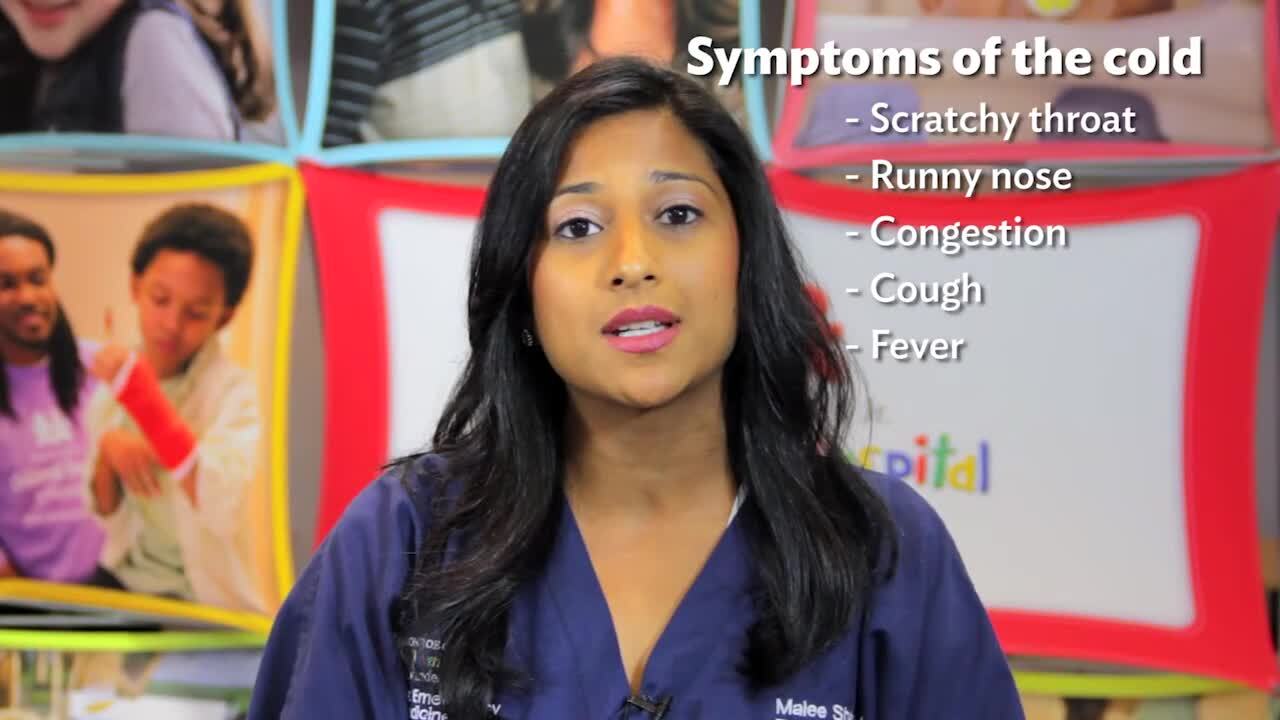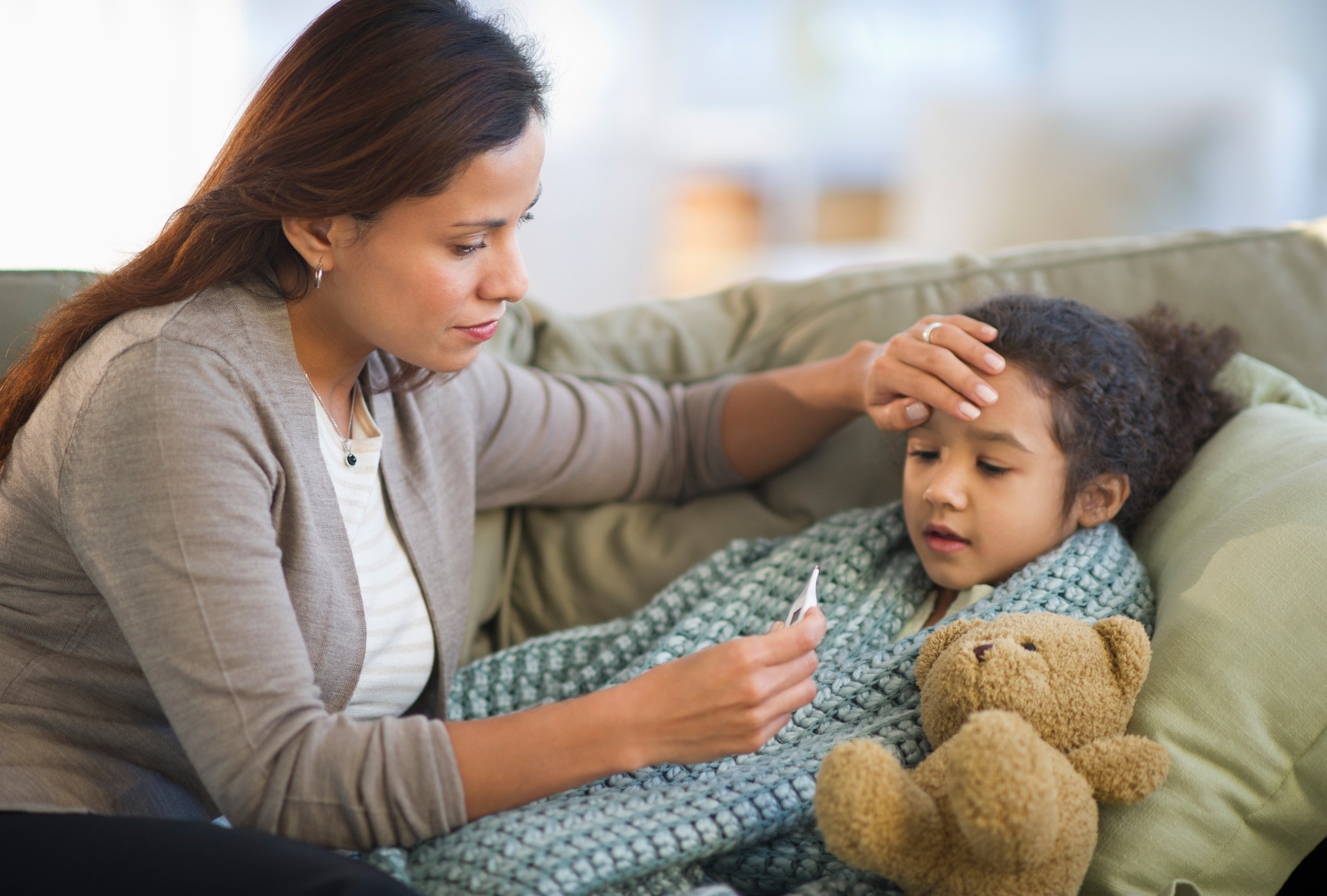When your child’s doctor says, ‘it’s probably viral,’ here’s what that means.
What does my child’s doctor mean when she says “It’s a virus”?
Several years ago, as a fourth-year medical student, I awakened early one morning to find my visiting 2-year-old niece crunching down chewable Tylenol tablets that her mother (my sister) had given her for fever of 105 degrees F.
When I asked my sister why she did not take her to see a doctor, she replied, “He always tells me it’s a virus” and does nothing. Through the years, as a practicing pediatrician, the picture of my niece that morning pops into my mind when I hear myself telling a parent, “Her exam is normal. This is probably a viral illness.”
What is a viral infection?
A diagnosis of a viral infection means that your child’s body, specifically the immune system, must fight the virus to kill it. An antibiotic does not kill a virus. Examples of viral illness include:
- Colds or upper respiratory tract infections.
- Many rashes, such as roseola; hand, foot and mouth infections; and even mumps, measles, rubella and chicken pox. Immunizations were developed to prevent the more harmful viral infections.
- Most throat infections, especially those in children under 3 years of age.
If your child has a viral illness, you can give comforting treatments such as:
- Bring the fever down with ibuprofen (Motrin ) or acetaminophen (Tylenol). Always check the label to find the correct dose related to your child’s weight.
- Prevent the itching from rashes with cool compresses, cool showers and diphenhydramine (Benadryl).
- Keep your child well hydrated. Don’t wait until he or she chooses to drink but instead encourage sips through a straw or by teaspoonful every five to 10 minutes during waking hours.
What is a bacterial infection?
Unlike viral infections, bacterial infections need antibiotic treatment to help the body fight them. Common bacterial infections include strep throat, impetigo, urinary tract infections and ear infections. In general, a bacterial infection will make your child look sick and feel poorly with or without fever.
Your child’s provider will assess whether the infection appears to be viral or bacterial. When you hear the words “probably a virus,” it usually means it is too early in the infection to know for sure.
When should your child been seen by a doctor?
If your child has had a fever for less than 48 hours with few other symptoms and she perks up and acts playful when the fever goes down, it is generally a reassuring sign that you can wait and watch. Be sure you have an updated dosing guide for the acetaminophen and ibuprofen, because the most common reason that a fever does not come down after these medicines is that the dose the child got was too low.
If you can keep your child hydrated by giving sips, teaspoons or a syringe-full of any non-caffeinated fluid, it is GENERALLY safe to wait until day three of the fever to have your child see a doctor. You will know that your child is hydrated if he passes urine at least every six to eight hours.
If your hydrated child looks ill without a fever, he needs to be seen by a doctor.
These are guidelines, not hard-and-fast rules. They are to add to your own your own experience and judgment.
In summary, when your child’s provider says, “It’s viral illness,” the provider is not not saying there’s nothing wrong or that your child is not sick. It means that your child’s immune system will fight and kill the virus in about seven to 10 days. Your part is to provide the rest, comfort and fluids that your child’s body needs to do its job.
This post was written by pediatrician Monica Pierson, M.D., of Monroe Carell Jr. Children’s Hospital at Vanderbilt.


Need help after hours?
Vanderbilt’s Children’s After-Hours Clinics offer the convenience of a walk-in clinic with care provided by a board-certified pediatrician from Children’s Hospital. No appointment is necessary, but we recommend calling your pediatrician first. Learn more about services and find locations for Children’s Hospital After Hours Clinic locations.

